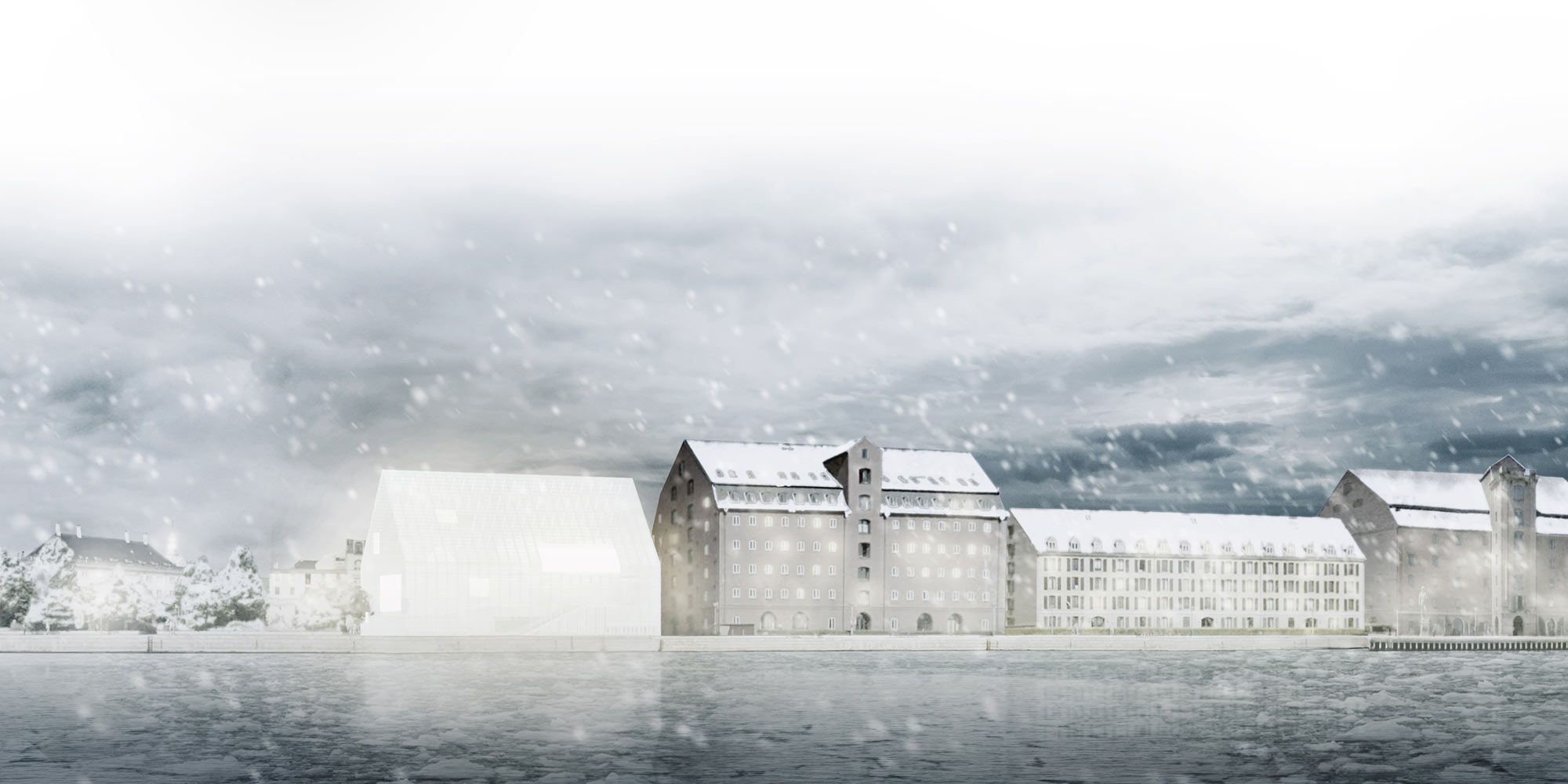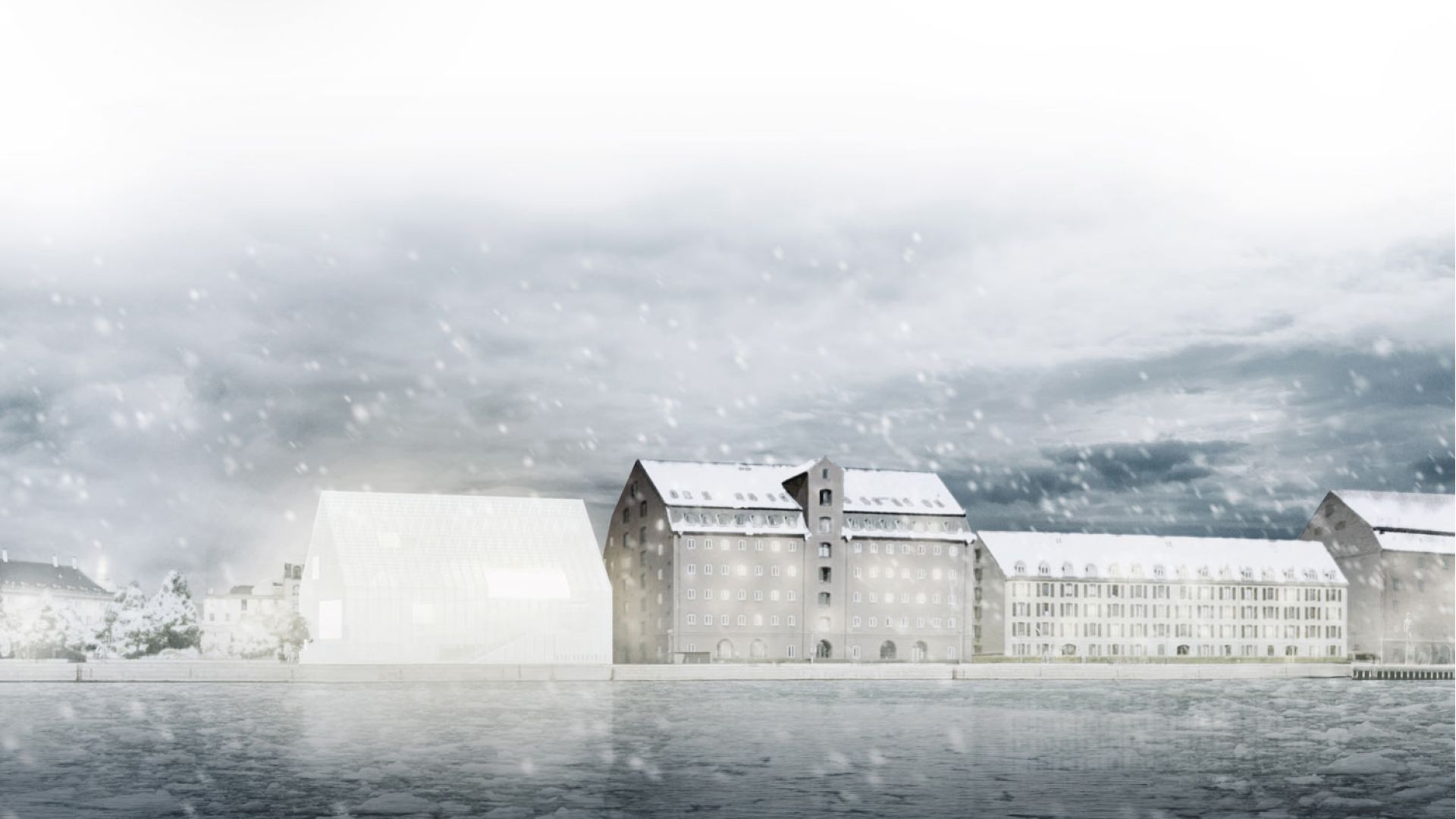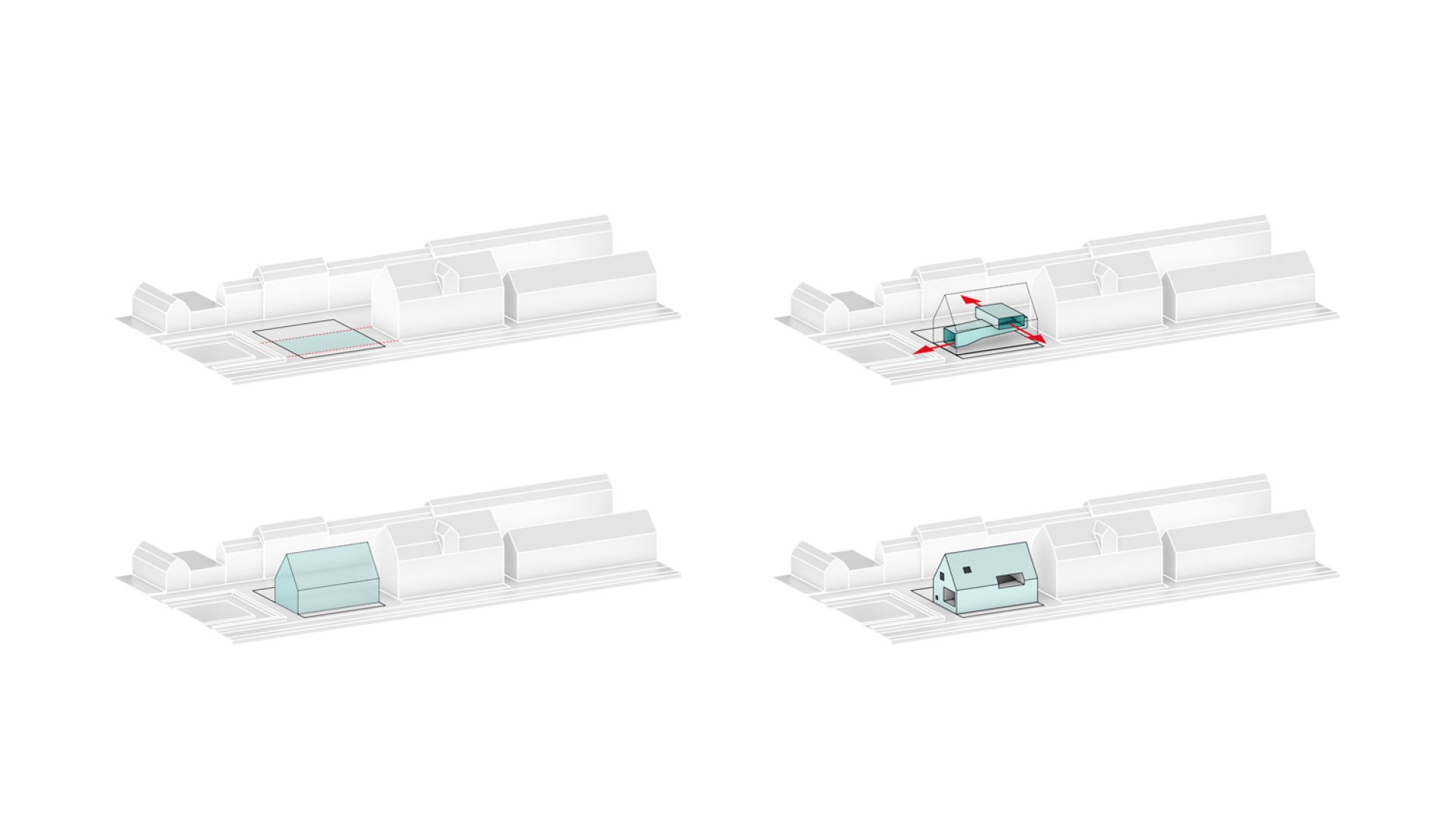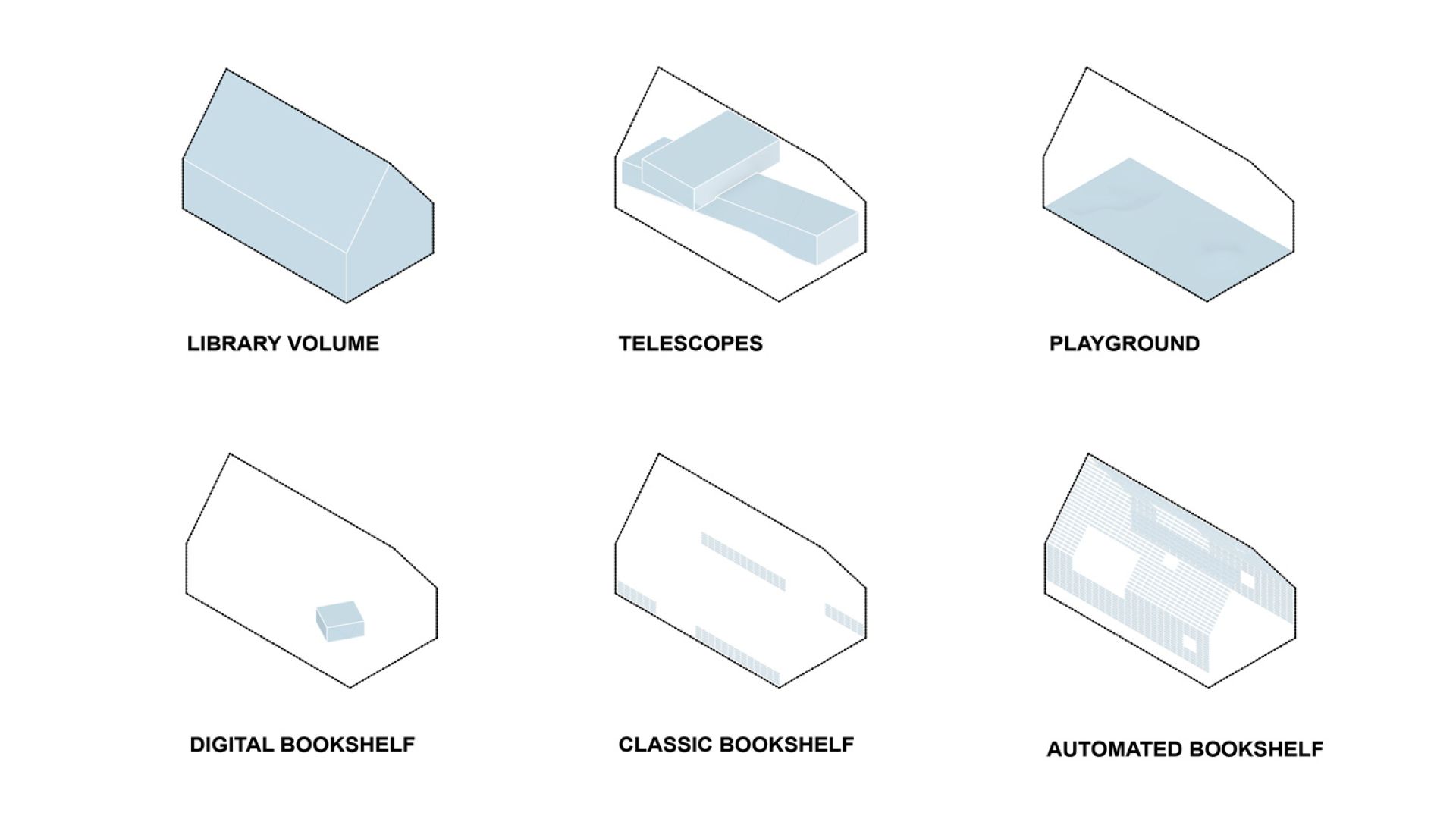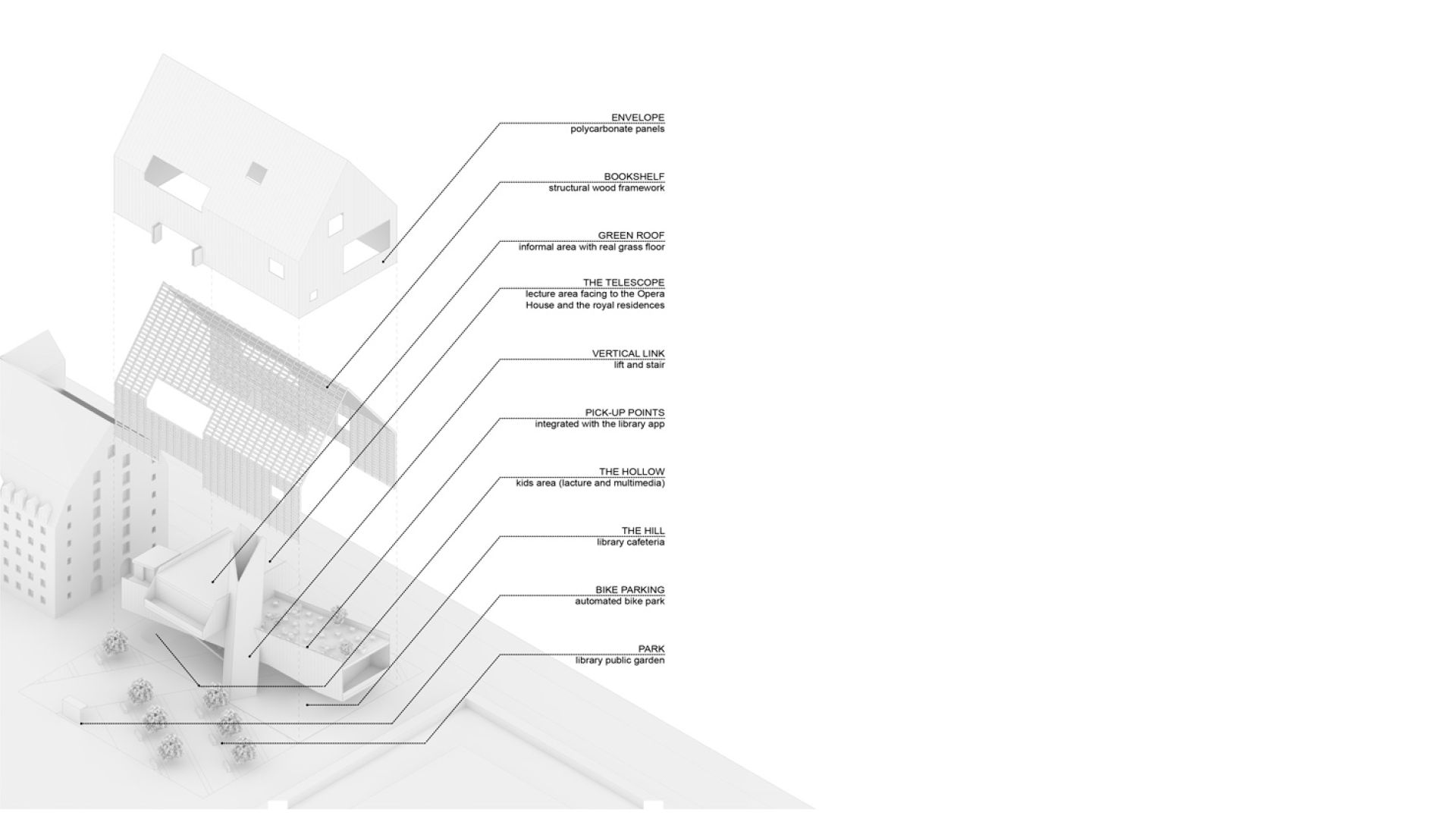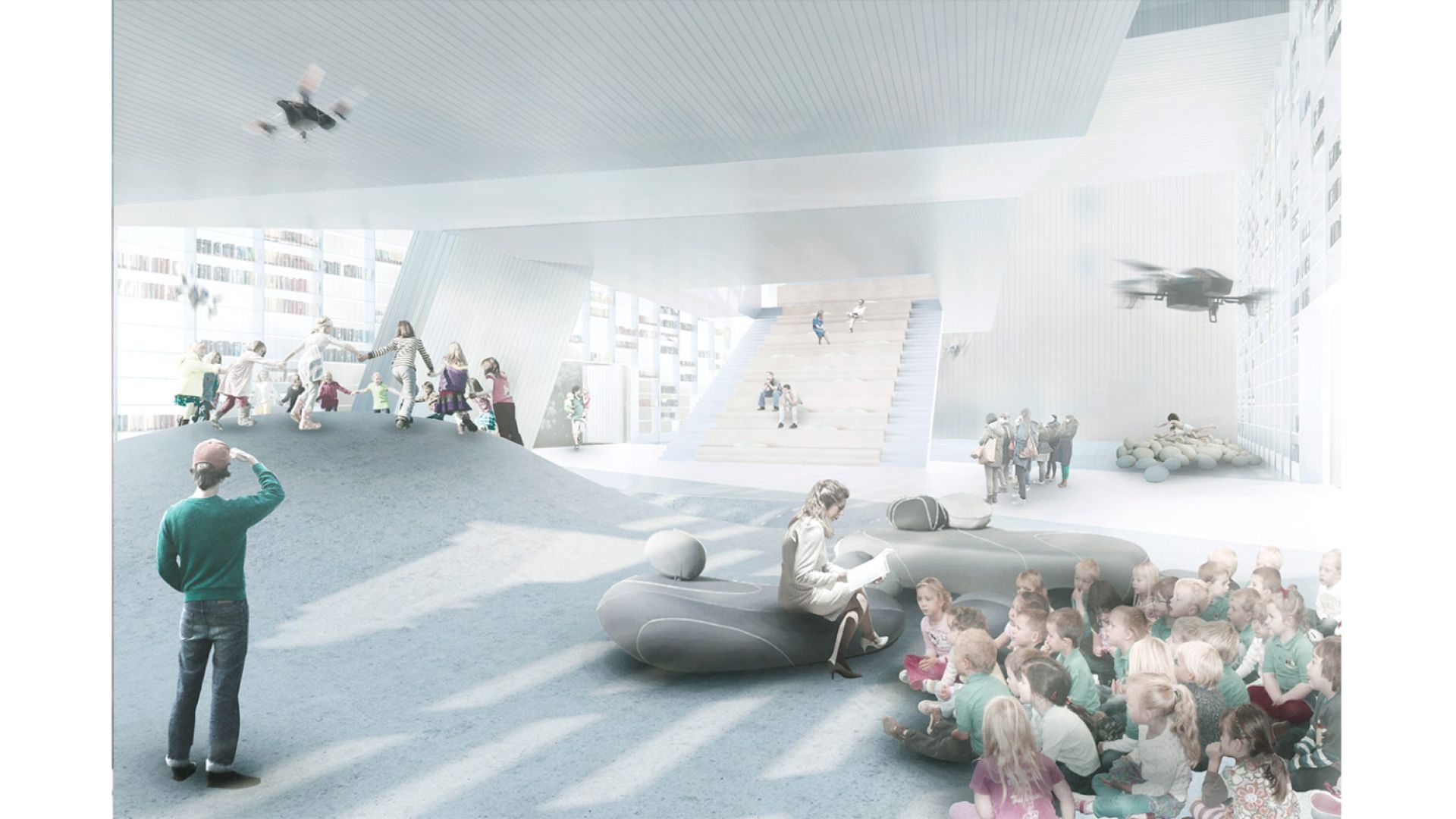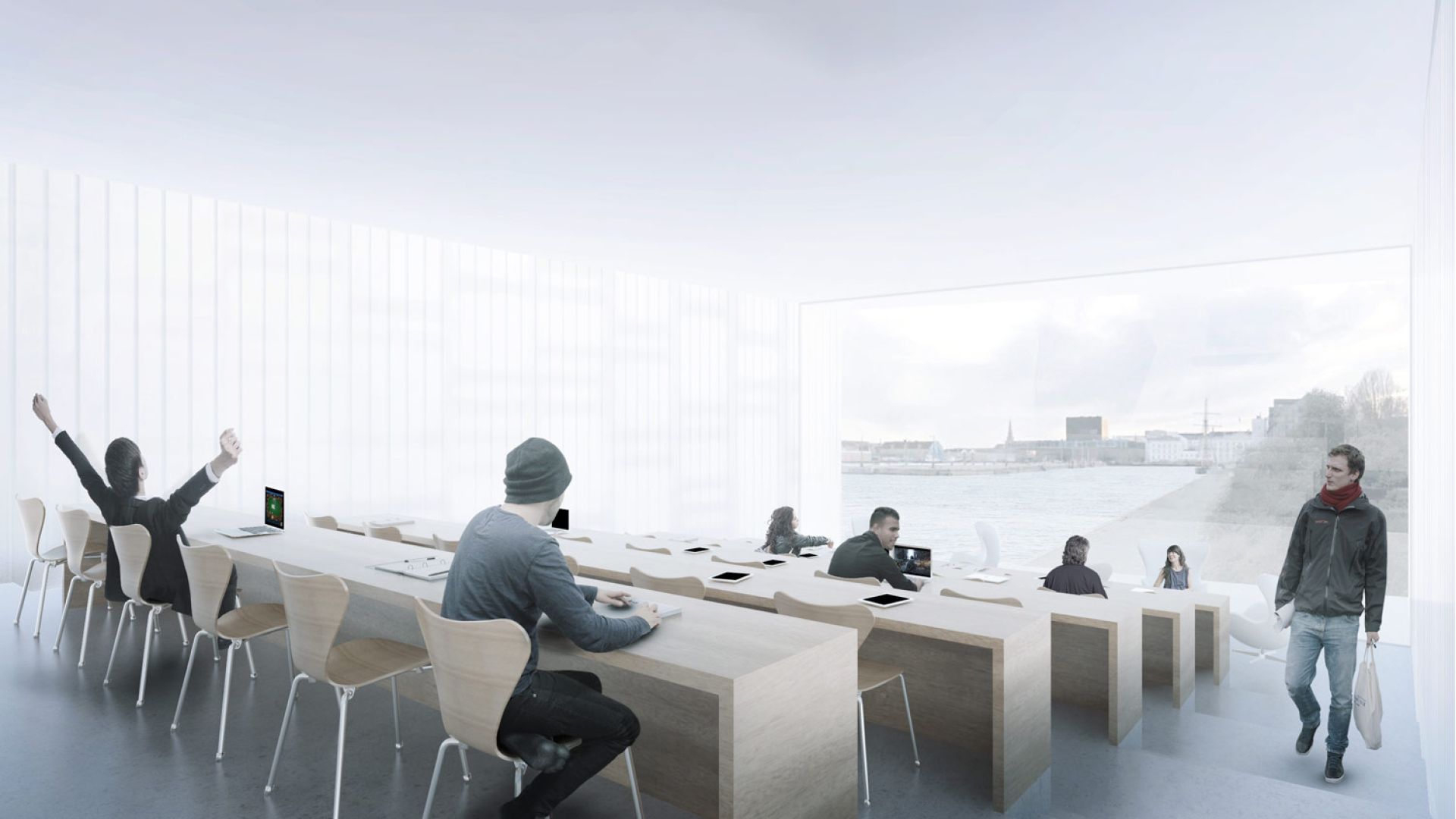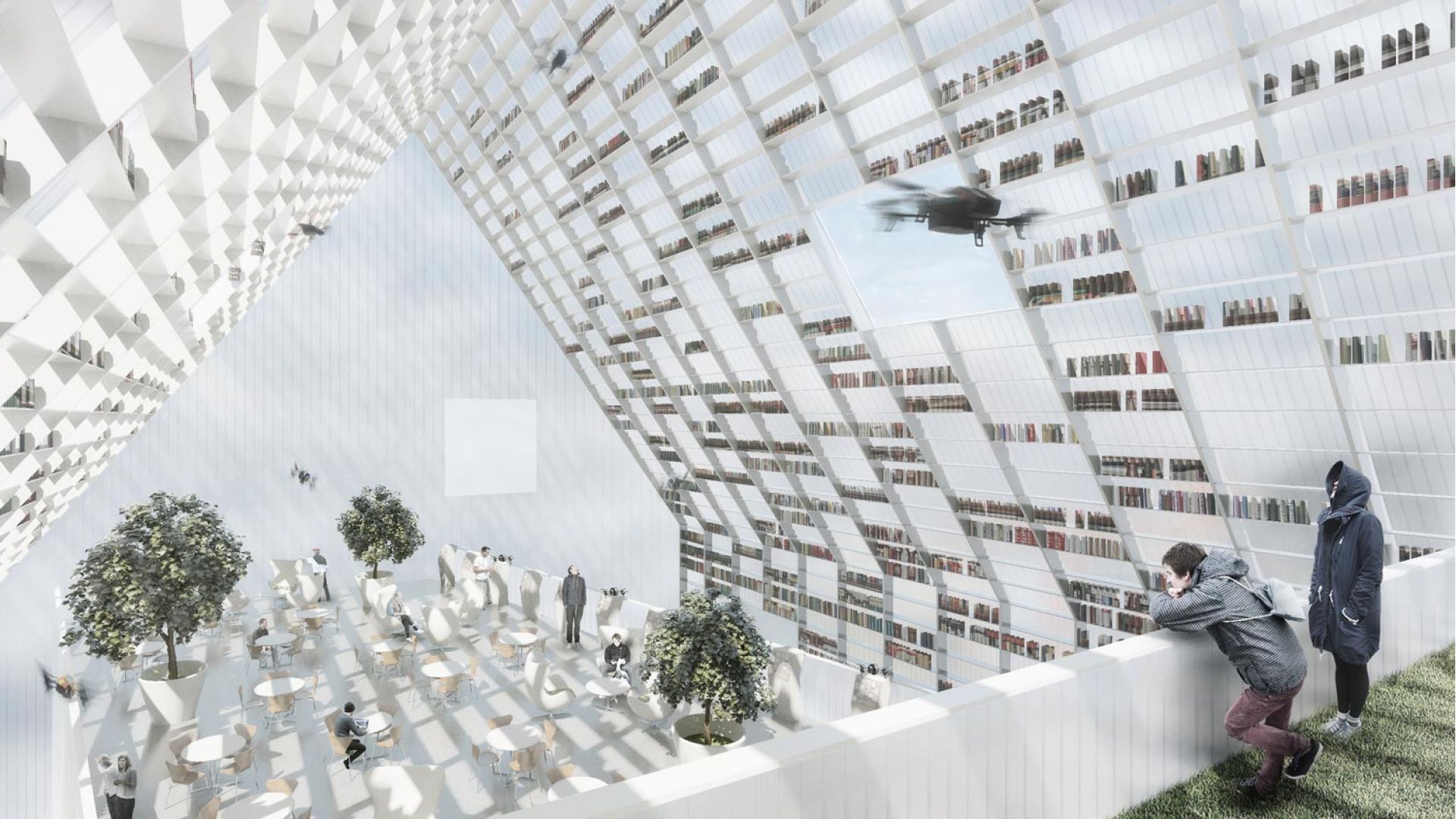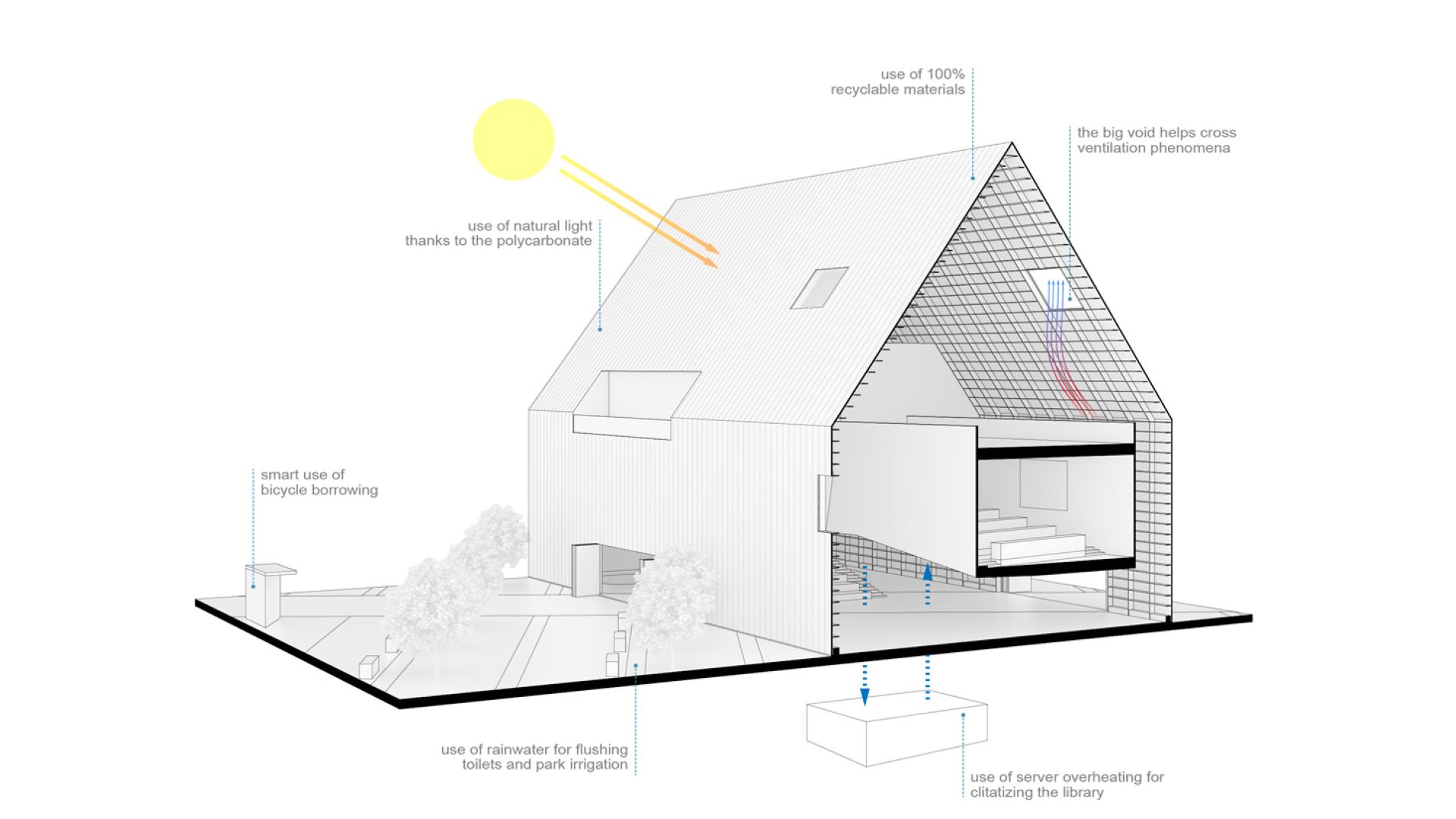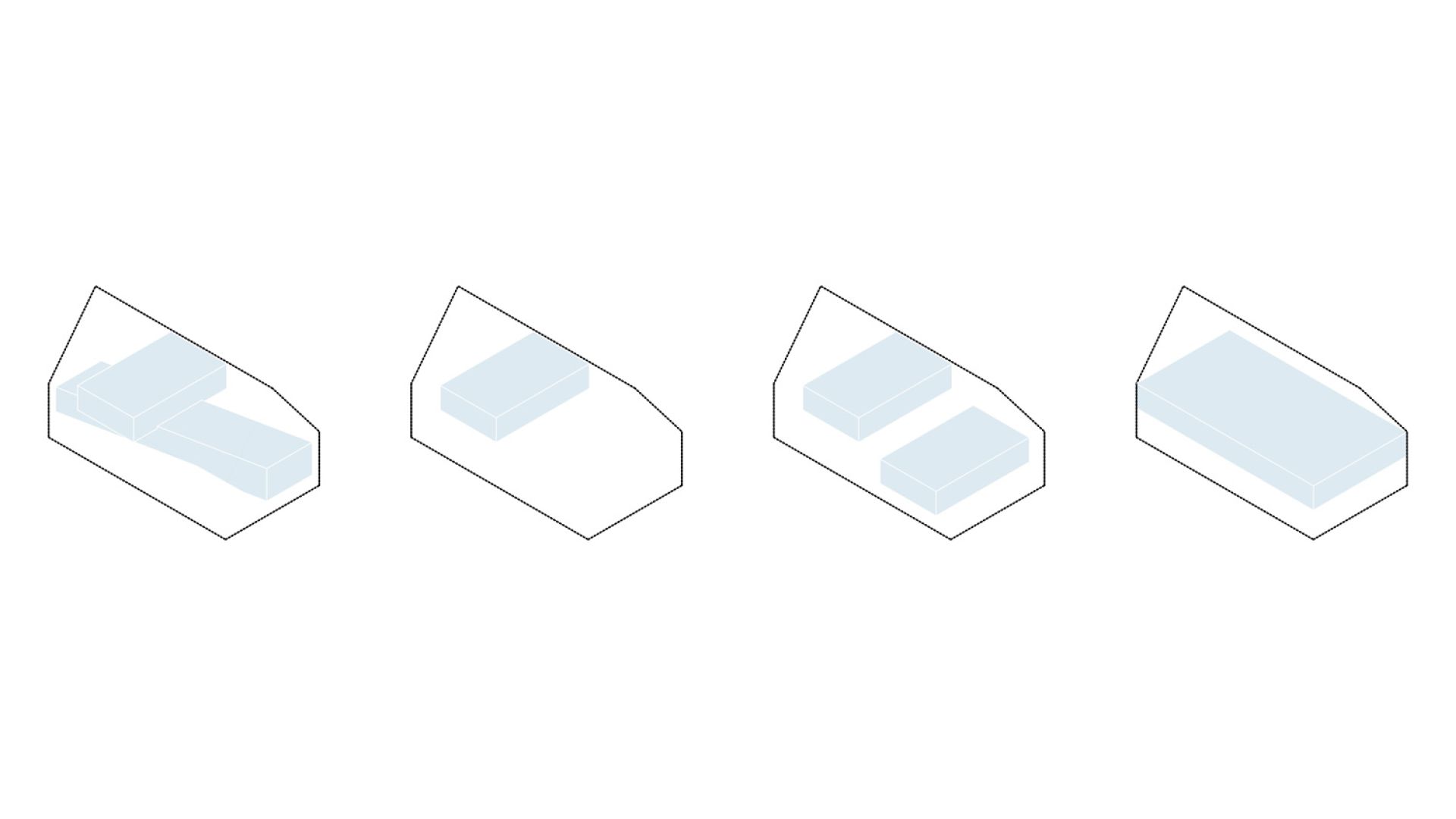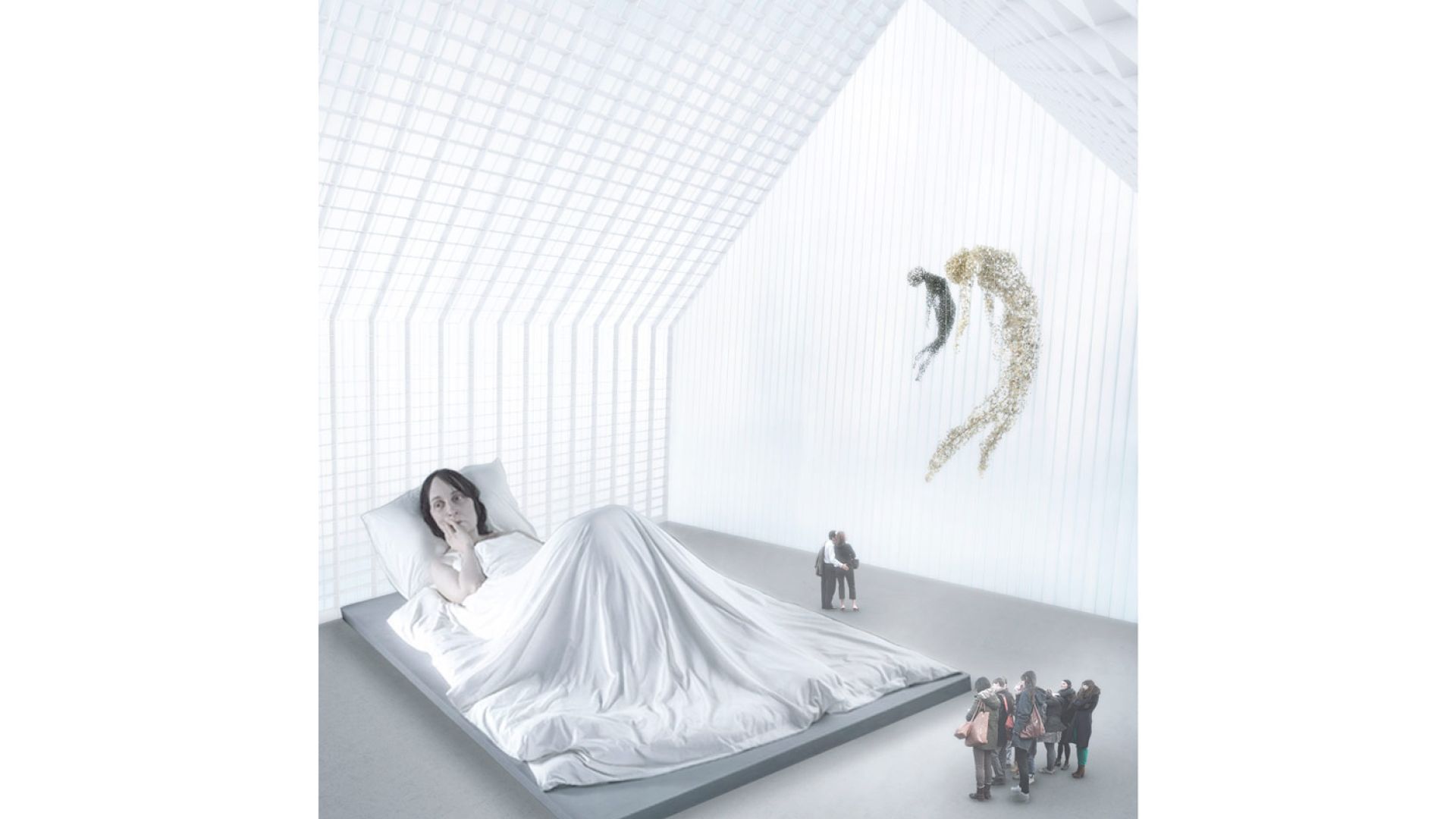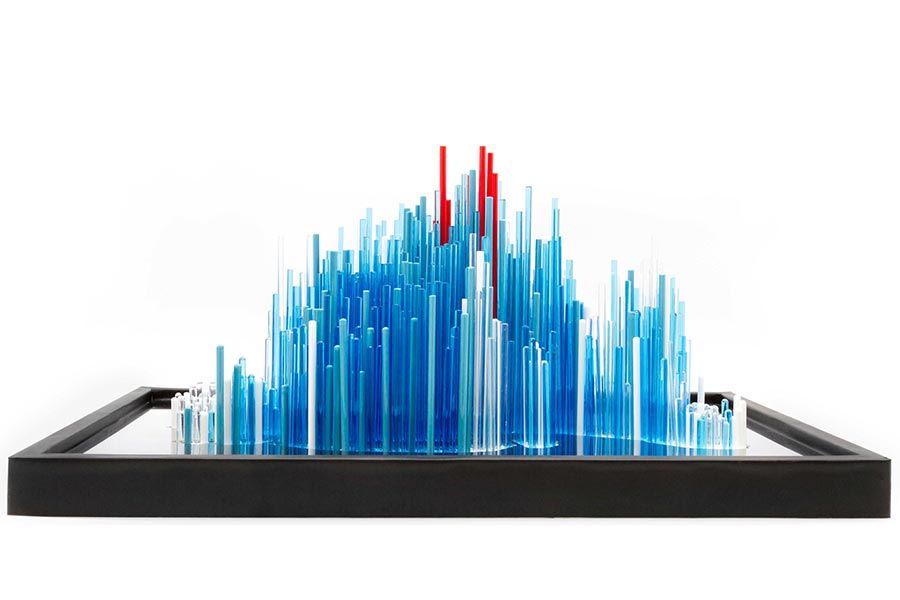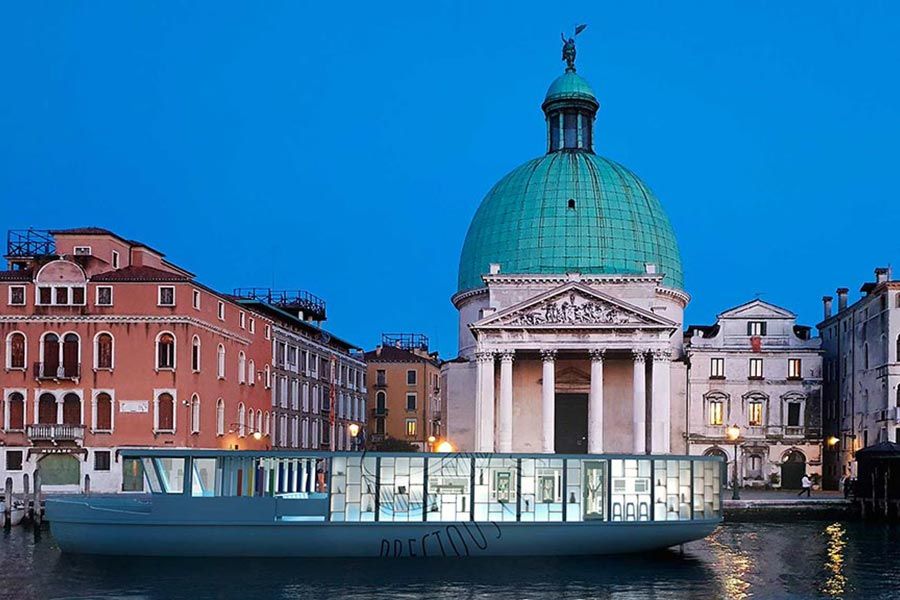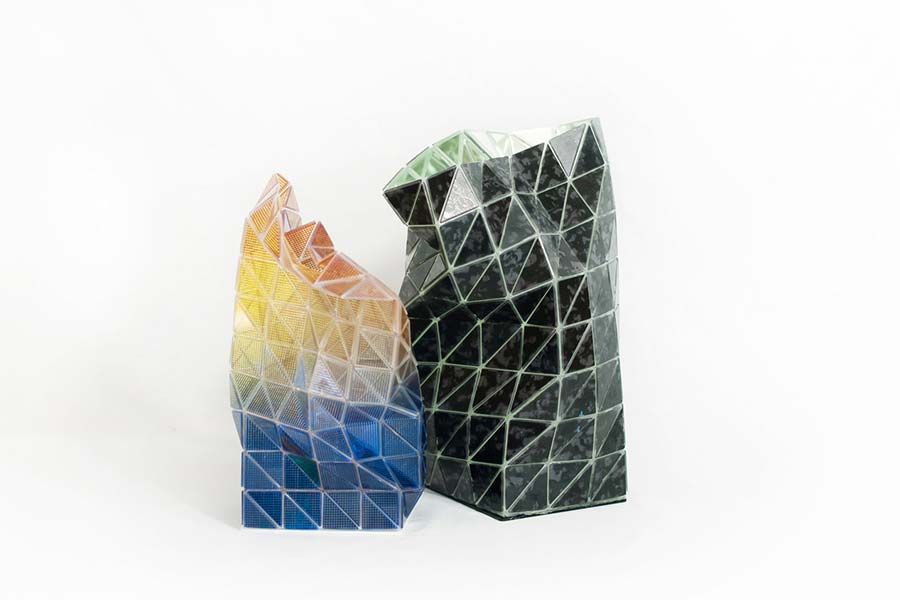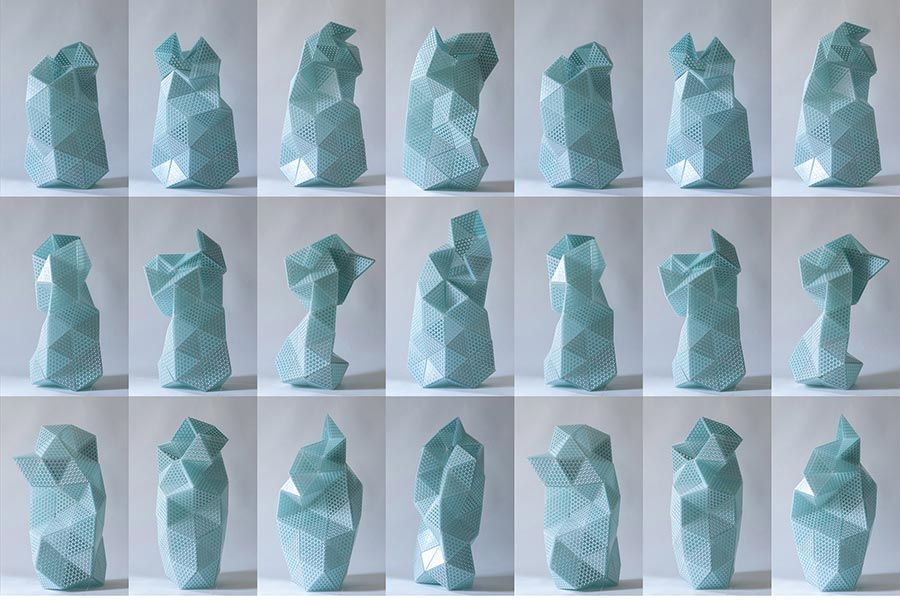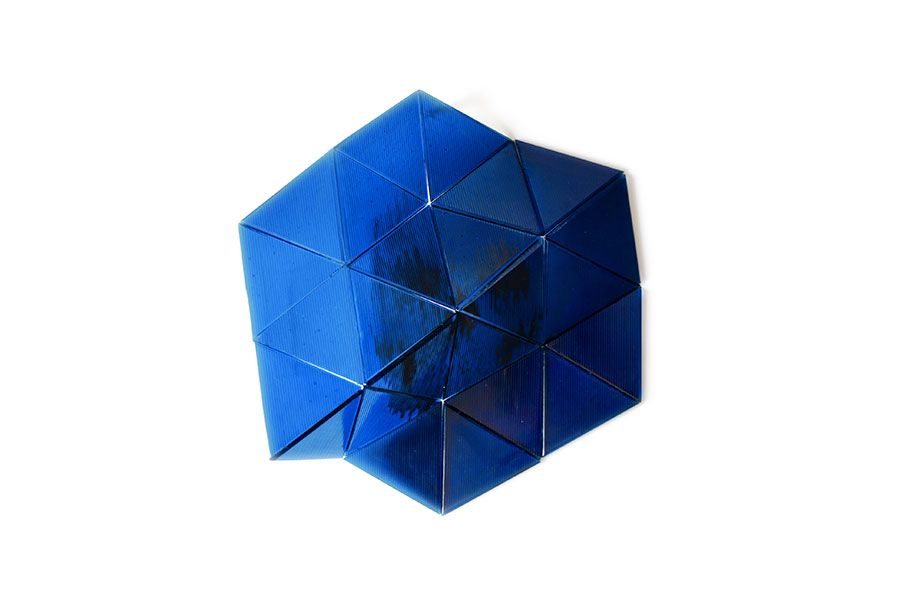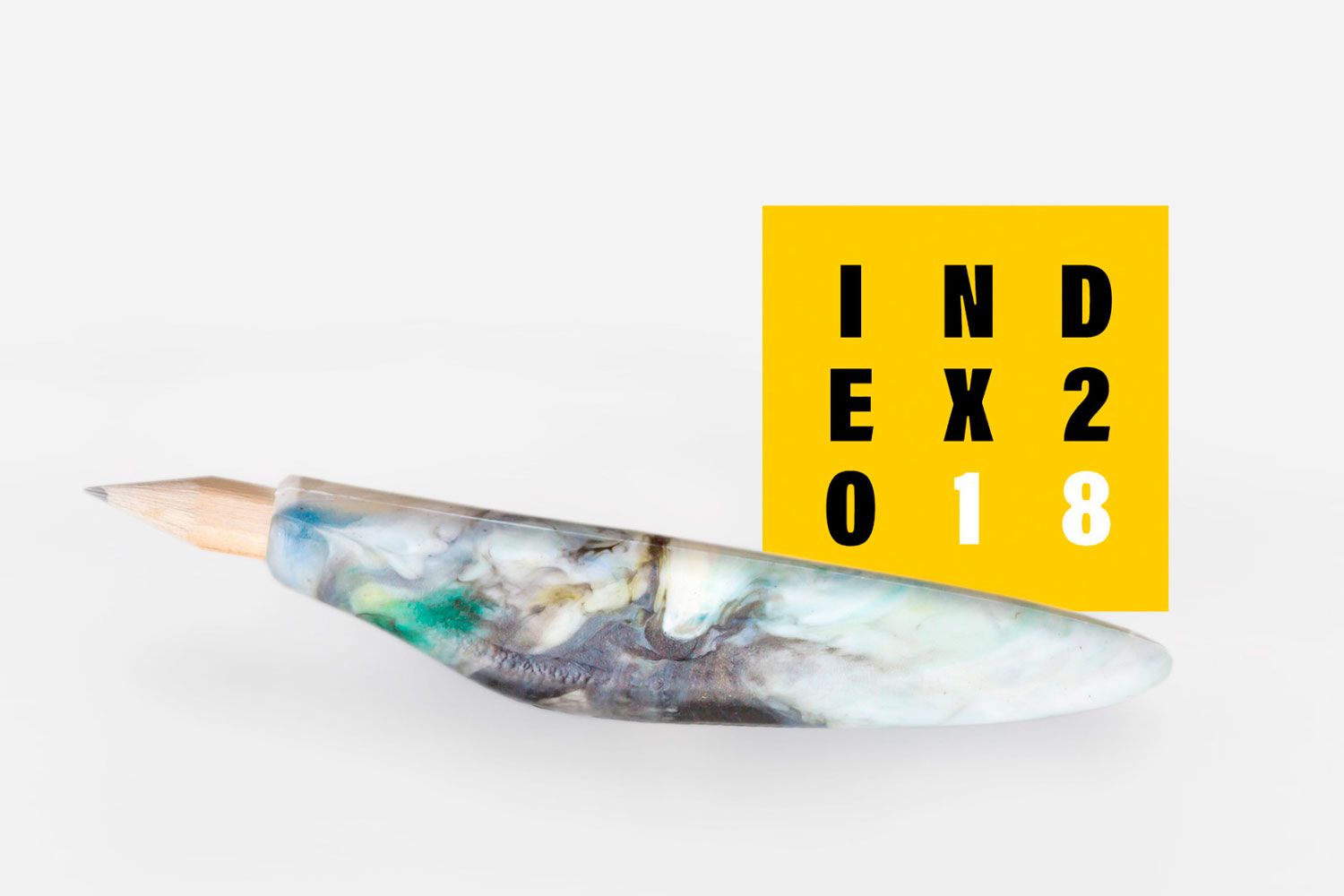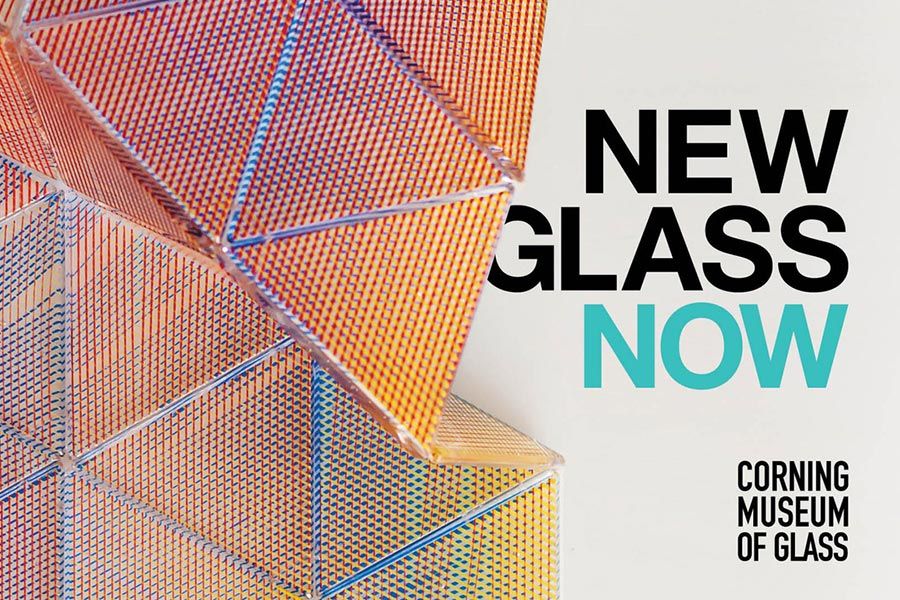COPENAGHEN PUBLIC LIBRARY
-
Typology
Building
-
Location
Copenaghen (DK)
-
Status
Unbuilt, 2015
-
Awards
Design competition - 2nd prize
Framework. Libraries have emerged as centre of knowledge, where people can find the answers of their questions thanks to shared encyclopaedias and scientific publications. They were born thousands of years ago, when books (the most important information medium), used to cost as much as a small house and only kings and bishops could afford to own them. After Gutenberg, books become a lot cheaper, the number of titles exploded, and more people built their own collections. However, the demand for libraries increased as well.
The wiki era. Recently, Wikipedia has basically substituted the library as the best resource for anyone doing amateur research. Kids prefer find information and do researches using Internet because is faster and more convenient than go to the library. In addition to that, the rise of eBooks has revolutionized the role of paper issues. Today an entire library could be fit on the same small device.
SO, DO WE NEED LIBRARIES ANYMORE?
Libraries are and will remain the centre of knowledge; a dynamic and “healthy space” where ideas can flourish, live, grow and even be protected. The library is important because it affects cultures, it affects innovation and it affects individuals.
Design strategy. The new library is situated in the very centre of Copenhagen, near the royal residences and is close to the waterfront in which a lot of people arrive walking from the nearby Little Mermaid statue. Therefore, the project area is very busy and loved by both tourists and Danish people. So, rather than a self-referential object, the new building is a delicate addition into the existing environment.
The new library is aligned to the existing surrounding buildings, and its volume is formally and proportionally like the nearby constructions, creating a continuous front head-on the waterside.
The library ground floor is a big open hall in which public activities such as the cafe, the bookshop and the kid’s area have been placed. Its curvy shape results a wonderful playground and an informal space where relaxing, meeting friends and have fun. Two big volumes (the telescopes) suspended into the internal void host most of the functions strictly related to “classic” library. Inside these spaces there are different types of seats and light solutions, ensuring a good psycho-physical comfort according to the different users’ needs; moreover, all the seats are oriented to big windows that frame some of the best city landmarks, amplifying the users’ sensorial experience.
The spaces facing to the void are more informal; users can organize collective research or studying groups, conferences as well as board or video game contests. At the last floor people can also read or just chill out in a space characterized with real grass, available all-year round!
The library promotes the use of technology as important knowledge media.
All digital items are stored in the main server that can be consulted using laptops, tablets or smart phones thanks to the library app. This app connects the users’ devices with the main server thanks to the internal Wi-Fi and it permits to read -in cloud- books, magazines as well as to watch movies or listen to music.
The app also manages the entire paper books catalogue, that is stored in a big framework that is both structure and bookshelf. The hole pick-up system is run by a swarm of drones that can find-and-deliver the stored books.
Flexibility. Nowadays libraries are very dynamic institutions, so flexibility is a key design aspect.
All spaces have been imagined in order to host different type of activities, not only related to “classic library”. The rooms are basically big open spaces in which lecture as well as courses or special events can be organized. This internal layout helps library to change creating a very flexible and adaptable building, able to be modified according to actual or future needs.
The structural framework that features the internal spaces permit to increase or decrease the number of paper books without changing the internal layout. Indeed, the number of books can be implemented without adding new bookshelves or changing the internal disposition. At the same time, the number of tomes can be reduced if books will become unnecessary.
However, even without books the huge bookshelf will be still necessary because is the building structure. And can be used to add new floors. In fact, new volumes could be built inside the building following the “telescope” logic and joining to the structural bookshelf.
